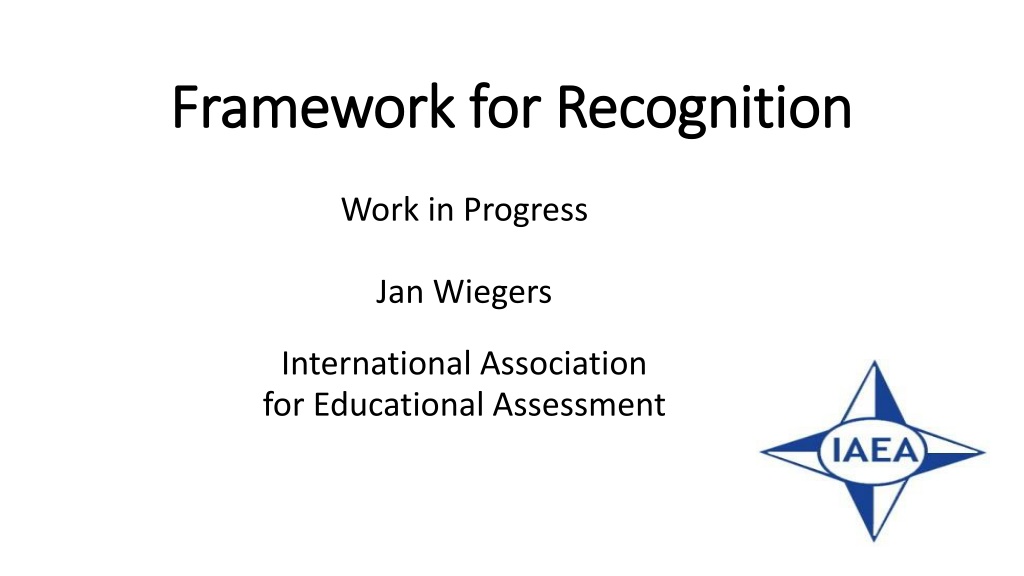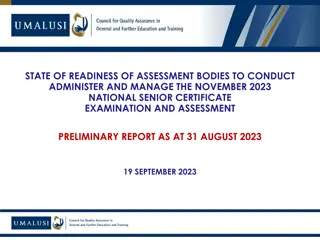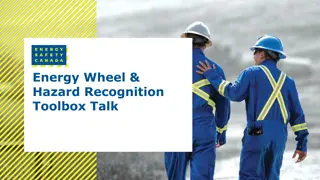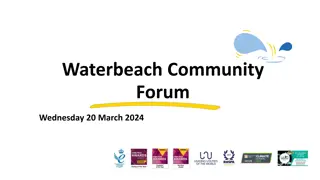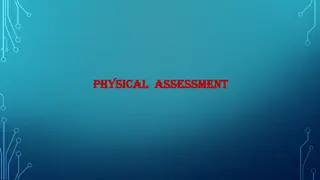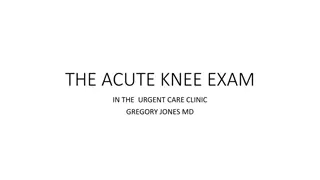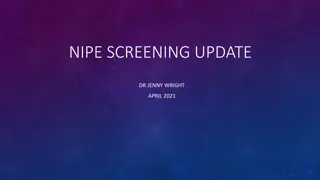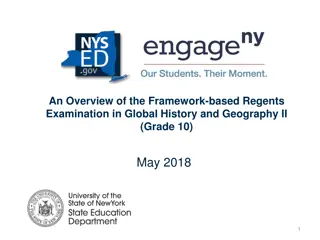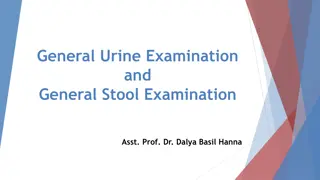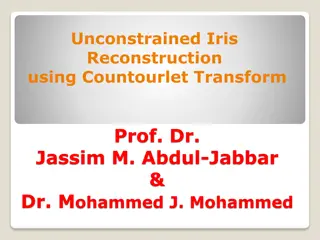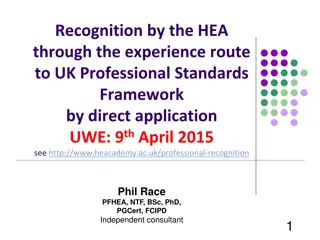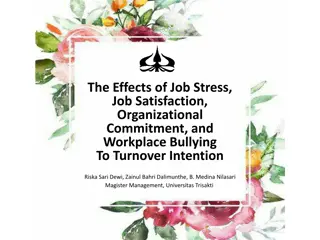Framework for Recognition: A Critical Examination of Organizational Processes
The framework for recognition in the context of educational assessment explores key operational processes, self-evaluation criteria, and the need for international standards. It emphasizes the importance of personnel integrity, training, and quality assurance for examination organizations. The discussion encourages contributions towards refining and implementing best practices in assessment methodologies.
- Recognition Framework
- Organizational Processes
- Educational Assessment
- International Standards
- Examination Organization
Download Presentation

Please find below an Image/Link to download the presentation.
The content on the website is provided AS IS for your information and personal use only. It may not be sold, licensed, or shared on other websites without obtaining consent from the author. Download presentation by click this link. If you encounter any issues during the download, it is possible that the publisher has removed the file from their server.
E N D
Presentation Transcript
Framework for Recognition Framework for Recognition Work in Progress Jan Wiegers International Association for Educational Assessment
Content Cause Purpose Approach Work in progress: the framework for an examination organisation The personnel The key operational processes Self-evaluation of own processes against three well established criteria Discussion Call for contributions at the 2019 IAEA conference 2
Cause The need for an international standard: set of benchmarks of good practice to increase the trust and confidence from stakeholders Discussion in 2016 IAEA conference Cape Town: how to improve the support from IAEA for their members A practical framework for operational contexts 3
The framework 1. About the people who contribute to the work of an examination organisation. 2. The key operational processes that are used during an examiniation cycle: 1. Exam development 2. Exam administration 3. Marking 4. Grading and reporting 3. Self-evaluation against three criteria presented as types of threat: 1. Irrelevance 2. Misrepresentation 3. Unreliability 4. Another type 5
Section 1: Personnel An examination organization should ensure that it meets these four criteria: 1. Senior officers are suitable for their role: personal and professional integrity: honest, trustworthy and dependable and demonstrating sound moral and ethical principles 1. Some have an advanced training in educational assessment 2. Some have an advanced training in business management 2. A workforce of appropriate size, adequately staffed to ensure the delivery of both academic and administrative outcomes. Has academic, managerial, administrative and psychometric expertise. 6
Personnel (continued) 3. Adequate training for its people: monitoring and evaluating this (remains fit for its purpose and effective). And plans ensuring readiness for future changes. 4. It has quality assurance and business continuity processes: regurlarly reviewed, updated and audited. 7
Personnel (continued) An overview has been developed describing the necessary functions in organizations running large-scale assessments and its specific professional requirements. Some mentioned: Chief executives Senior executives / psychometrician Managers / subject specialist Chief examiner Item writer Assessor 8
Section 2: Operational Processes Exam development Exam administration Marking Grading and Reporting 9
Section 3: Evaluation Procedures to ensure that assessments are of suitable quality Evaluation of processes against well established criteria: Relevance Representation Reliability Areas, relevant to its particular context should be identified and prioritised and evidence collected, deemed relevant and sufficient. If so, an organization will be better prepared to take action to mitigate identified threats and back-up arrangements and contingency plans 10
Section 3: Evaluation (continued) Not all threat types may be relevant in every situation The IAEA working group worked out some examples (see full paper for all of them) Each example was developed by taking one aspect of a process described in section 2, considering the three types of threats For example: A threat for a 50-item MC exam, taken on screen, may not be a threat to a 3 hour written essay paper. Exam development: does the blueprint under or over represents parts of the syllabus Exam administration: does insufficient training or incompetent invigilator behaviour affect the standardized conduct of examination and so compromise the reliabilty of student performance? 11
CONCLUSION The framework for recognition is an very important and indispensable instrument for every exam organization in the world The IAEA wants to take the lead in giving support to its members by developing the framework BUT: it can only be done by the active participation of the IAEA members Join the upcoming IAEA conference in Azerbaijan (22-27 sSeptember) and take part in the discussions about this framework. 12
Thank Thank you you 13
